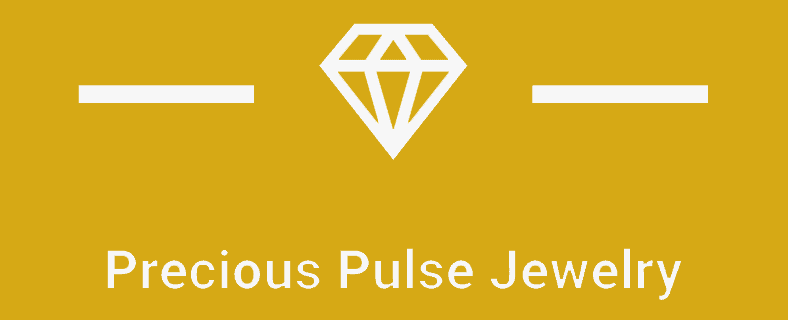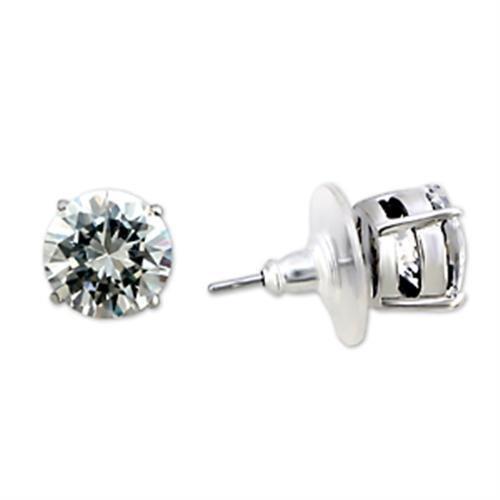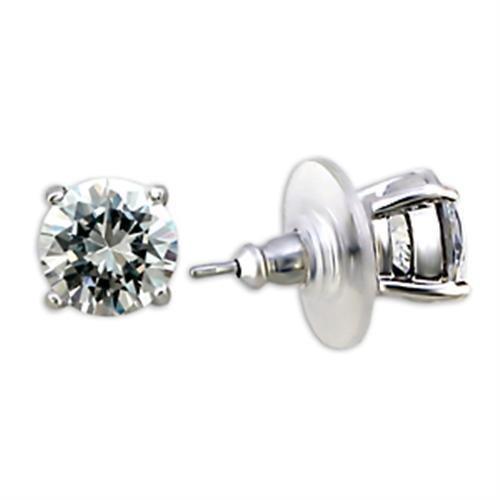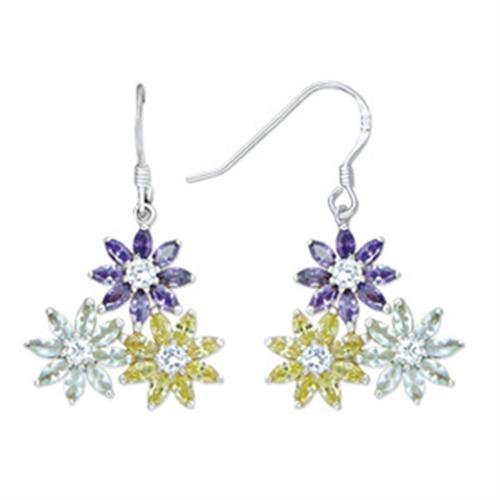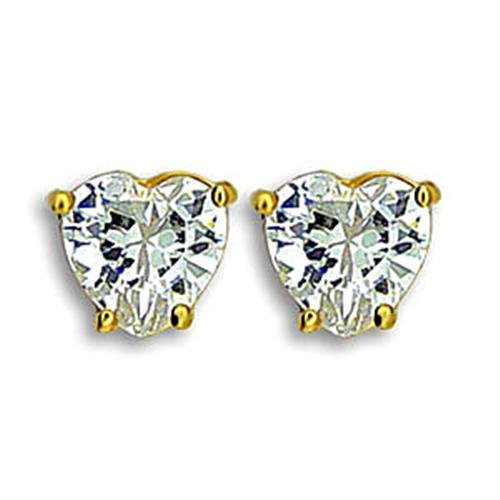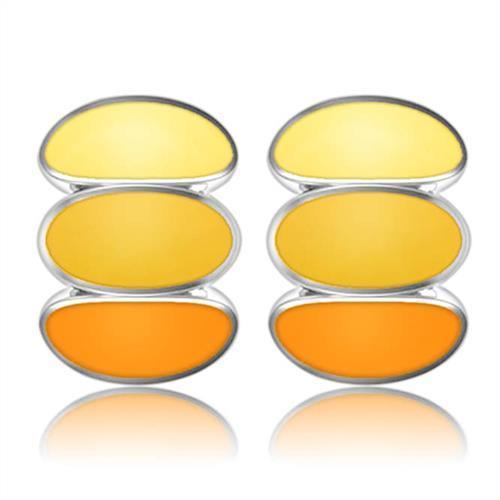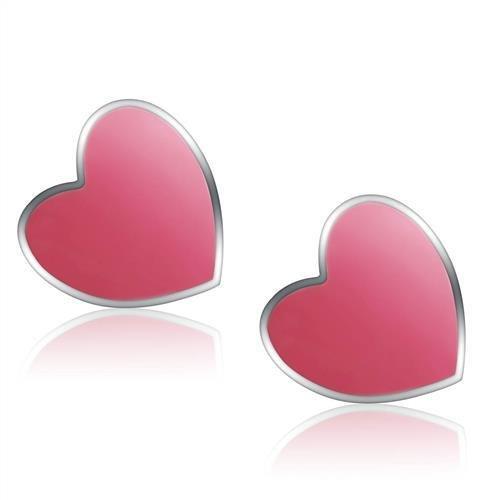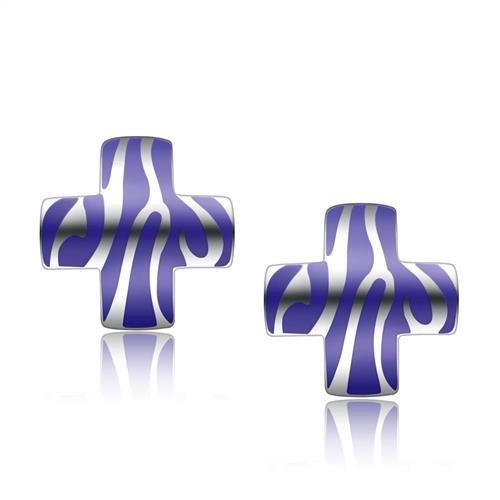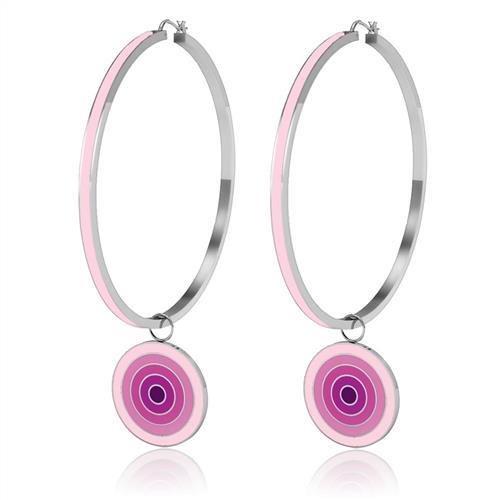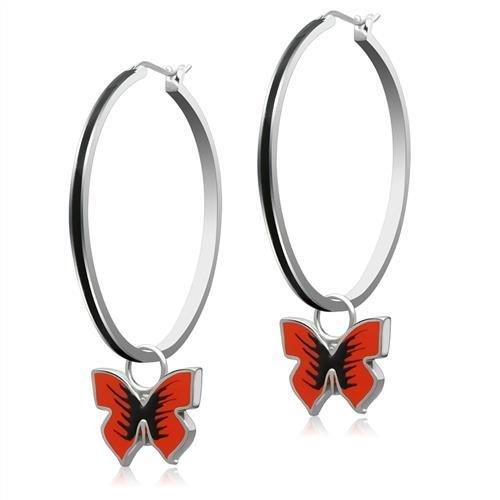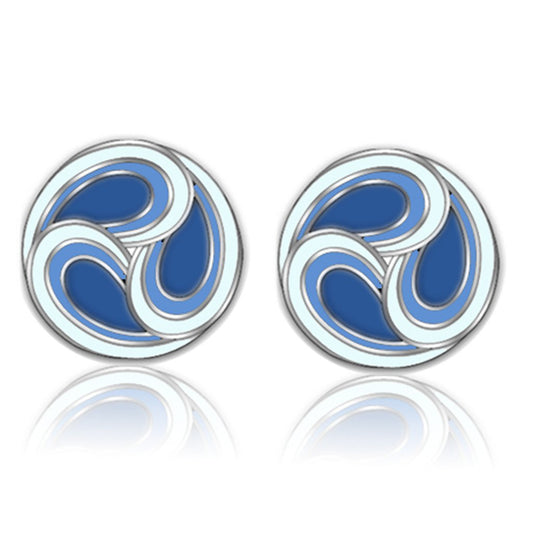Let's get right to it: The simple rule of thumb is that insuring an engagement ring costs between 1% and 2% of its appraised value every year.
So, for a $5,000 ring, you’re looking at an annual premium of roughly $50 to $100. That’s often less than a couple of fancy coffees a month—a small price to pay for a powerful safety net protecting one of your most meaningful investments. This guide will walk you through exactly what determines that cost and how you can get the best value for your policy.
Breaking Down the Annual Premium
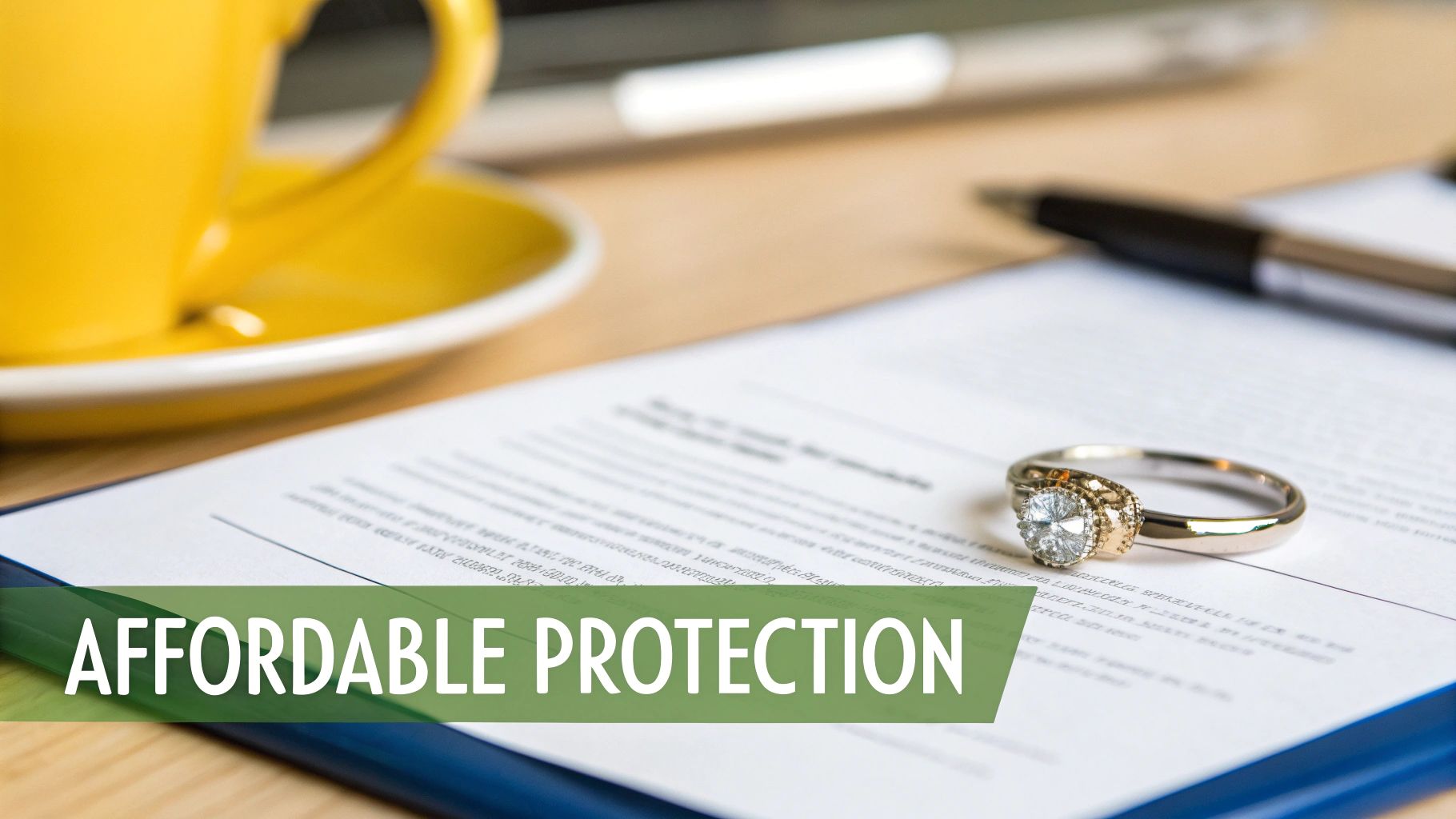
Think of engagement ring insurance as a subscription service for your peace of mind. Your annual premium is the yearly fee you pay to keep your coverage active. It’s not a one-time thing; it’s an ongoing agreement that keeps your ring protected against loss, theft, and damage.
Paying this premium ensures that if something unfortunate happens, you won't be stuck with the full financial burden of replacing it. The idea is simple: a small, predictable cost prevents a potentially huge, unexpected one.
The Standard Cost Formula
That 1% to 2% rule is the industry standard you'll encounter with most insurance providers. It provides a reliable and consistent pricing model that makes it easy to estimate your potential costs.
To put it into perspective, here are a few quick examples.
Quick Look At Annual Engagement Ring Insurance Costs
This table breaks down what you might expect to pay each year based on your ring's value, using that common 1-2% benchmark.
| Ring Appraised Value | Estimated Annual Premium (1-2%) |
|---|---|
| $2,500 | $25 - $50 |
| $5,000 | $50 - $100 |
| $10,000 | $100 - $200 |
| $15,000 | $150 - $300 |
| $20,000 | $200 - $400 |
As you can see, the cost scales directly with the ring's value, keeping the premium proportional and predictable.
Key Takeaway: Your insurance premium is just a small, manageable fraction of your ring's total worth. This makes comprehensive protection surprisingly accessible for most budgets and is a smart move to secure a cherished symbol.
This percentage-based model makes perfect sense. It directly ties the cost of your coverage to the financial risk the insurer is taking on. A higher-value ring costs more to replace, so the premium is proportionally higher.
Understanding the average engagement ring cost can help you ballpark your potential insurance premium before you even buy the ring. This proactive approach takes the mystery out of the total cost of ownership and helps you budget for both the ring and its essential protection right from day one.
Key Factors That Influence Your Insurance Premium
Ever wonder why there isn’t a single, flat rate for insuring an engagement ring? It's because insurers don't just see a piece of jewelry; they see a unique risk profile. To figure out what you'll pay, they calculate a premium, which is just the fancy term for your annual or monthly payment. To really get a handle on your potential costs, it helps to understand the basics of what an insurance premium is and how it's calculated.
Several factors get tossed into the mix to determine that final price. Some are pretty obvious, but others might catch you by surprise. Knowing what they are puts you in the driver's seat, so you can see exactly how your quote is shaped.
The Appraised Value of Your Ring
This is the big one. It's the single most important factor, hands down. The higher your ring’s official appraised value, the more it would cost an insurer to replace it. Simple as that. A $10,000 ring will always have a higher premium than a $3,000 ring.
Think of it like insuring a car. You wouldn't expect to pay the same premium for a luxury sports car as you would for a standard sedan, right? The replacement cost is worlds apart. The same logic applies directly to your ring, which is why a detailed, professional appraisal is non-negotiable. It sets the entire foundation for your coverage.
Your Geographic Location
Where you live plays a surprisingly big part in what you’ll pay. Insurers are all about data, and they use your postal code to get a snapshot of the risk of theft in your specific area.
- Urban vs. Rural: Densely populated cities often have higher reported theft rates, which can nudge premiums up for residents.
- Neighborhood Stats: Insurers drill down into local crime statistics to see how likely a claim is in your immediate vicinity, adjusting rates to match.
Living in a neighborhood with a lower rate of property crime can sometimes translate directly into a lower annual premium.
Key Insight: Your premium isn't just about the ring itself; it's also about the environment where the ring lives. Insurers are constantly weighing external risks that are completely out of your control.
Personal Claims History
Your own track record with insurance can also come into play. If you have a history of filing claims—for any kind of policy, not just jewelry—insurers might see you as a higher risk to take on.
A clean claims history, on the other hand, signals that you're less likely to need a payout in the future. Because of this, some companies offer a "claims-free" discount. Conversely, if you've made several claims in the past, you might see a small surcharge. It’s their way of rewarding responsible policyholders with better rates.
The Ring’s Design and Materials
Last but not least, the physical makeup of the ring itself can influence the cost. Some designs are just inherently more prone to damage or loss, and insurers take that into account.
- Setting Style: A classic high-prong setting that leaves the center stone exposed is considered riskier than a secure bezel setting. Why? The diamond is simply more likely to get knocked loose.
- Number of Stones: A delicate pavé band glittering with dozens of tiny diamonds has a lot more components that could fall out and need repair than a simple, elegant solitaire.
While this factor doesn’t carry as much weight as your ring’s total value or your location, a particularly fragile or complex design might lead to a slightly higher premium. It all comes down to the increased odds of a damage-related claim.
Comparing Your Engagement Ring Insurance Options
When it comes to protecting your engagement ring, you really have two main paths to choose from. Picking the right one is a big deal, because the level of protection—and the actual engagement ring insurance cost—can be worlds apart. It all boils down to a trade-off: convenience versus truly comprehensive coverage.
Your first option is to add a rider (sometimes called a floater or endorsement) to your existing homeowners or renters insurance policy. This is the quick-and-easy route, since you’re just tacking it onto a plan you already pay for.
But that convenience can come with some serious strings attached. Standard homeowners policies are notorious for having low coverage limits on valuables, sometimes as little as $1,000 to $2,000. Worse, they often leave out common disasters like accidental loss or the dreaded "mysterious disappearance."
The Homeowners Rider: An Overview
Adding a rider expands your current policy to cover the ring's full appraised value. While it sounds simple enough, there are a few gotchas you need to be aware of:
- Limited Coverage: A rider might not cover every real-world scenario. Think about dropping your ring down a drain or it just vanishing from your nightstand—those situations are often excluded.
- Impact on Your Main Policy: This is a big one. If you file a claim for your ring, it could jack up the premium for your entire homeowners policy at renewal. That single claim could follow you for years, affecting your property insurance rates.
- Deductibles: You’ll likely still have to pay a deductible, which could be hundreds of dollars out of pocket before your insurance even kicks in.
Your second, and frankly, much better option is a standalone policy from a specialized jewelry insurer. These are insurance plans built from the ground up to protect one thing: fine jewelry.
The Specialty Jewelry Insurance Advantage
Specialty insurers live and breathe jewelry protection. Their policies are designed to cover the unique risks that come with wearing something so valuable every single day. That dedicated focus creates a much stronger safety net.
Key Insight: A specialized jewelry policy separates the risk of your ring from your home. This means a claim for a lost or damaged ring won't impact the premiums on your homeowners or renters insurance, keeping your rates stable.
This infographic breaks down the key factors that will shape your premium, no matter which path you take.

As you can see, the ring's value is the biggest driver of cost, but where you live and your past claims history also play a major role.
Let’s put these two options head-to-head to make the differences crystal clear.
Homeowners Rider vs. Specialty Jewelry Insurance
| Feature | Homeowners/Renters Rider | Specialty Jewelry Policy |
|---|---|---|
| Coverage Scope | Often limited; may exclude accidental loss or "mysterious disappearance." | Typically "all-risk" coverage, including theft, damage, loss, and disappearance. |
| Deductible | Usually applies, often $500+. | Frequently $0 deductible options are available. |
| Claim Impact | A claim can raise your entire homeowners/renters premium. | A claim does not affect your other insurance policies. |
| Expertise | General property insurance; not specialized in jewelry replacement. | Jewelry experts who understand appraisals, repair, and replacement with like-kind quality. |
| Repair/Replacement | May require you to use their preferred (and cheaper) vendors. | Often lets you return to your original jeweler for repairs or replacement. |
The takeaway here is that while a homeowners rider feels easier upfront, a specialty policy offers far more robust and tailored protection in the long run.
Specialty policies provide broader, "all-risk" coverage, which includes theft, damage, accidental loss, and that all-important mysterious disappearance. With the average cost of an engagement ring hovering around $5,200 in 2023, and with nearly 40% of buyers having no insurance at all, many are left vulnerable.
Considering premiums are usually just 1-2% of the ring's value and often come with no deductibles, a dedicated policy is a smart investment. You can discover more insights about engagement ring insurance statistics on goodstoneinc.com to see why it’s a decision you won’t regret.
Why an Accurate Appraisal Is Crucial for Insurance
Think of an appraisal as the official price tag your insurer uses to set your coverage. Without a professional, up-to-date appraisal, your entire policy is built on a shaky foundation. If you ever need to file a claim, this single document is what determines whether you can replace your exact ring or have to settle for something of lesser value.

A simple sales receipt just won’t cut it. A receipt shows what you paid on a specific day, but a professional appraisal details the ring’s current replacement value. This figure can fluctuate quite a bit due to market changes in precious metals and gemstones, and that distinction is absolutely vital for getting the right amount of coverage.
What a Professional Appraisal Includes
A proper appraisal is much more than just a number on a piece of paper. It’s a detailed blueprint of your ring, designed to ensure any potential replacement is a true, undeniable match.
A thorough appraisal document should always contain:
- Detailed Description of the Center Stone: This covers the 4Cs (cut, color, clarity, and carat weight), along with precise measurements and shape.
- Information on Side Stones: A full count and description of every smaller stone set in the ring.
- Metal Type and Weight: It will specify the precious metal used (like 18k yellow gold or platinum) and its weight.
- Unique Markings or Hallmarks: Any special engravings or maker’s marks that give the ring its unique identity.
- High-Resolution Photos: Clear, detailed images of the ring from multiple angles.
This level of detail is non-negotiable. It gives the insurer everything they need to source a like-for-like replacement, leaving zero room for disputes over quality or design down the road. Understanding how the value of these materials is calculated can be incredibly helpful; you can learn more about how much a gold ring with diamonds is worth in our detailed guide.
The Dangers of an Outdated Valuation
Relying on an old appraisal is one of the biggest—and most common—mistakes people make. The market value of gold, platinum, and diamonds changes constantly. An appraisal from five years ago might leave you dangerously underinsured today.
If your ring's replacement value has increased by 20% since its last appraisal, your old policy would only cover 80% of the cost to get an identical new one. That shortfall comes directly out of your pocket.
It’s a smart move to get your ring re-appraised every two to three years and update your policy accordingly. Beyond the appraisal itself, you may also encounter various legal documents, such as insurance affidavit forms, which might be required for your policy or if you ever file a claim. Always make sure you're working with a qualified appraiser, like a Graduate Gemologist (GG), to ensure the valuation is accurate and respected by insurers.
Practical Steps to Lower Your Insurance Costs
https://www.youtube.com/embed/lBgZoz_JsEA
Knowing what drives your engagement ring insurance cost is one thing. Actually lowering it is another. The good news is you have more control than you think. With a few smart moves, you can make your annual premium much more affordable without giving up the protection you need.
One of the quickest ways to trim your premium is to choose a higher deductible, assuming your policy has one. Think of the deductible as what you agree to pay out-of-pocket before your insurance takes over. By shouldering a little more of the initial risk—say, opting for a $500 deductible instead of a $0 deductible—insurers will often reward you with a lower annual payment.
Proactive Security and Smart Policy Moves
Insurance companies love responsible owners. Taking a few simple steps to prove you're serious about protecting your ring can often translate into real discounts on your premium.
You can frequently score a small discount just by showing you store your ring securely when you're not wearing it. This could be as simple as:
- A home safe: A quality, bolted-down safe signals to insurers that you’re committed to protecting your investment.
- A bank's safe deposit box: For the ultimate peace of mind, stashing the ring in a bank vault when it’s not in use is a protective measure that can also lower your rate.
Another powerful strategy is to bundle your policies. If you’re already getting a rider through your homeowner's or renter's insurance, it’s worth asking if they offer a multi-policy discount. Combining your home, auto, and jewelry coverage with a single company is one of the easiest ways to unlock savings.
Expert Tip: Your best long-term strategy for keeping rates low is maintaining a clean claims history. Insurers view a claim-free record as a sign of lower risk, which often leads to better premiums and even "claims-free" discounts when it's time to renew.
Smart Budgeting for the Long Haul
Finally, remember that the cost of the ring itself is just the beginning. Thinking about the total cost of ownership—including insurance—from day one helps you make smarter financial decisions all around. Our stunning collections offer breathtaking beauty at accessible price points, helping you manage your initial investment without compromising on style or quality.
To get a complete picture of your budget, try our engagement ring budget calculator. It can help you plan for both the initial purchase and the ongoing cost of protecting it.
Each of these steps, from tweaking your deductible to storing your ring safely, puts you back in the driver's seat. By being proactive, you can make sure your treasured ring is protected affordably for years to come.
Still Have Questions About Ring Insurance?
Alright, let's wrap this up by tackling some of the most common questions people have when insuring an engagement ring. These are the quick, straight-to-the-point answers to clear up any final doubts you might have. Think of it as your final checklist before you get that ring protected.
My goal here is to make sure you walk away feeling totally confident. When you understand the little details, you can really appreciate the value you're getting for the cost of your engagement ring insurance.
Do I Really Need Insurance If I Am Very Careful?
Absolutely. Even the most careful person can't control everything. Insurance isn't about how responsible you are; it's a safety net for the unexpected. A stone can fall out of its setting, a thief can break into your home, or the ring could simply vanish on vacation. It happens.
True peace of mind comes from knowing that one moment of bad luck won’t turn into a huge financial loss. It’s about preparing for the unpredictable, not questioning your own carefulness.
How Soon Should I Insure My Engagement Ring?
Immediately. No, really—the best time to get it insured is right after you buy it, before you even walk out of the jewelry store.
Many specialty insurers let you get a quote and start your coverage online in just a few minutes with nothing more than a receipt or appraisal. If you wait, even for a day, you're leaving the ring completely unprotected against loss, damage, or theft. Procrastination is the biggest risk you can take right at the beginning.
Key Insight: Don't put it off. That period between buying the ring and actually proposing is one of the riskiest times, since the ring is often being hidden or moved around. Insuring it instantly closes that dangerous gap in protection.
What Does Mysterious Disappearance Coverage Mean?
This is a huge one. Mysterious disappearance is a feature you'll often find in dedicated jewelry policies but is almost always excluded from standard homeowners insurance. It covers you when your ring is just... gone, and you can't say for sure exactly when or where you lost it.
For example, you might get home after a long day of running errands and realize your ring isn't on your finger anymore. That's a mysterious disappearance. Without this specific coverage, a standard policy would almost certainly deny your claim, leaving you to cover the full cost yourself.
Will A Ring Claim Increase My Homeowners Premium?
If you insure your ring through a rider on your homeowners policy, then yes, filing a claim will almost certainly cause your entire premium to go up at renewal. This is one of the single biggest reasons to go with a standalone policy from a specialty insurer instead.
With a dedicated jewelry policy, any claim you make is handled completely separately. It won't touch your homeowners or renters insurance rates at all. This keeps one unfortunate incident from creating a financial ripple effect across your other policies, keeping the cost of your engagement ring insurance totally separate from the rest of your financial planning.
At Precious Pulse Jewelry, we believe beautiful jewelry should be worn with confidence, not worry. While we help you find the perfect piece to celebrate your love, we also want you to protect it for a lifetime. Explore our stunning and affordable collections today, and take the next step toward securing your cherished symbols of commitment.
Find your dream ring at https://preciouspulsejewelry.com and start your journey with beauty and peace of mind.
